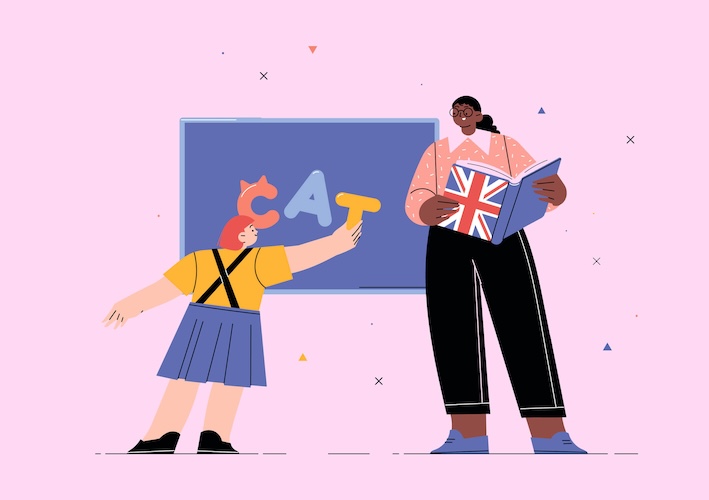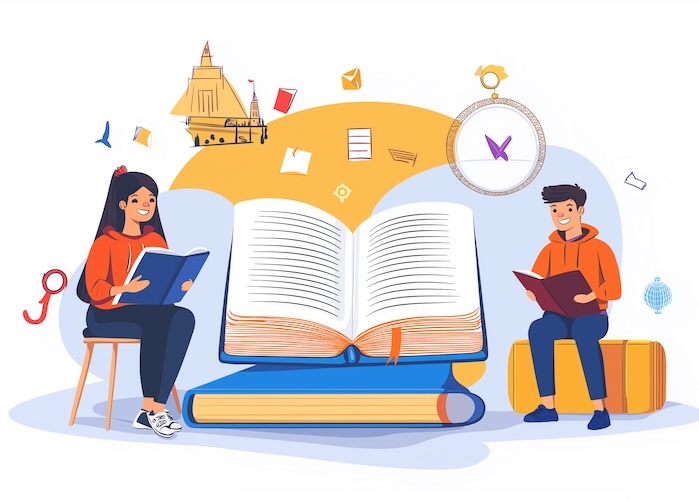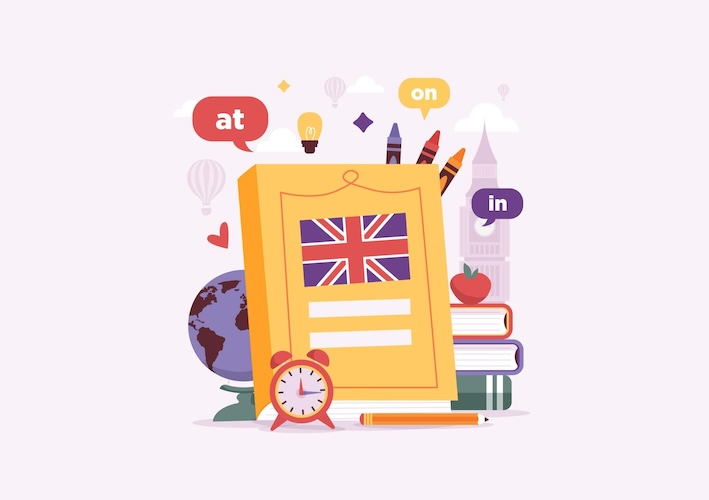Elementary
Start your English journey here. Learn fundamental grammar structures, basic tenses, and essential sentence patterns. This course provides a solid foundation for those who are just beginning to explore English grammar systematically.

Topics in this course

Present Simple
ElementaryThe present simple tense describes actions that are regular, habitual, or generally true. It’s used for facts, routines, and things that are always or usually true.

Present Progressive (Continuous)
ElementaryWe use the present progressive to talk about temporary actions and situations that are going on now or around now: before, during and after the moment of speaking and as well to talk about future fixed plans, personal arrangements, normally with time expresssion.

Present Simple vs Present Progressive
ElementaryTruths, routines, actions in progress, future plans... Present Simple and Present Progressive. Learn to master both and make your English dynamic and precise!

Future Simple
ElementaryThe future simple tense is used to describe actions or events that will happen in the future, often when the decision is spontaneous, the action is uncertain, or for making promises, predictions, or offers.

To Be Going To - Structure
ElementaryWe use the structure to talk about future actions and events that have some present reality. If we say that something in the future is going to happen, it is usually already planned or decided, or it is starting to happen, or we can see it coming now. The structure is very common in an informal style, especially in speech.

Irregular Verbs Part I
ElementaryHere’s a list of some commonly used irregular verbs suitable for elementary learners. These verbs appear frequently in everyday conversation and writing.

Past Simple
ElementaryThe past simple tense is used to describe actions, events, or situations that were completed at a specific point in the past. It is commonly used to tell stories, recount past experiences, or talk about past habits or routines.

Verbs that are Easily Confused
IntermediateIn English, some verbs can be confusing because they have similar forms, meanings, or follow unusual patterns. These verbs often cause mistakes, even for native speakers.

Future Simple vs to Be Going To Structure
ElementaryThe future simple is used for spontaneous decisions, promises, or predictions based on opinions (e.g., I think it will rain). "to be Going to" is used for planned actions or predictions based on evidence. Let's try to see the difference in use!

Non-Progressive Verbs
ElementaryNon-progressive verbs (also called stative verbs) are verbs that describe states, conditions, or situations rather than actions. These verbs are typically not used in progressive (continuous) tenses because they refer to unchanging or ongoing states, not dynamic actions. Using non-progressive verbs correctly helps avoid grammatical errors and ensures clarity in communication.

